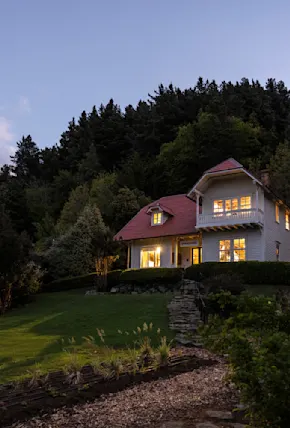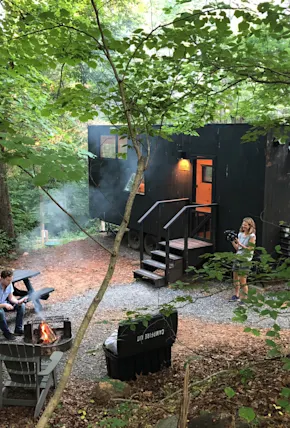The Longhouse in Daylesford, Australia makes a case for having it all—if your definition of that word includes a miniature barn, a cooking school, a store, guest quarters, a home, and a sprawling greenhouse garden. All of these exist under the Longhouse's one—you guessed it—long roof.
And that roof is unique in itself: At just over 11,000 square feet, the expansive topper of this multi-use building acts not only as an immense rain-catcher, but houses seemingly endless room for activities under its translucent glass-reinforced polyester panels.















